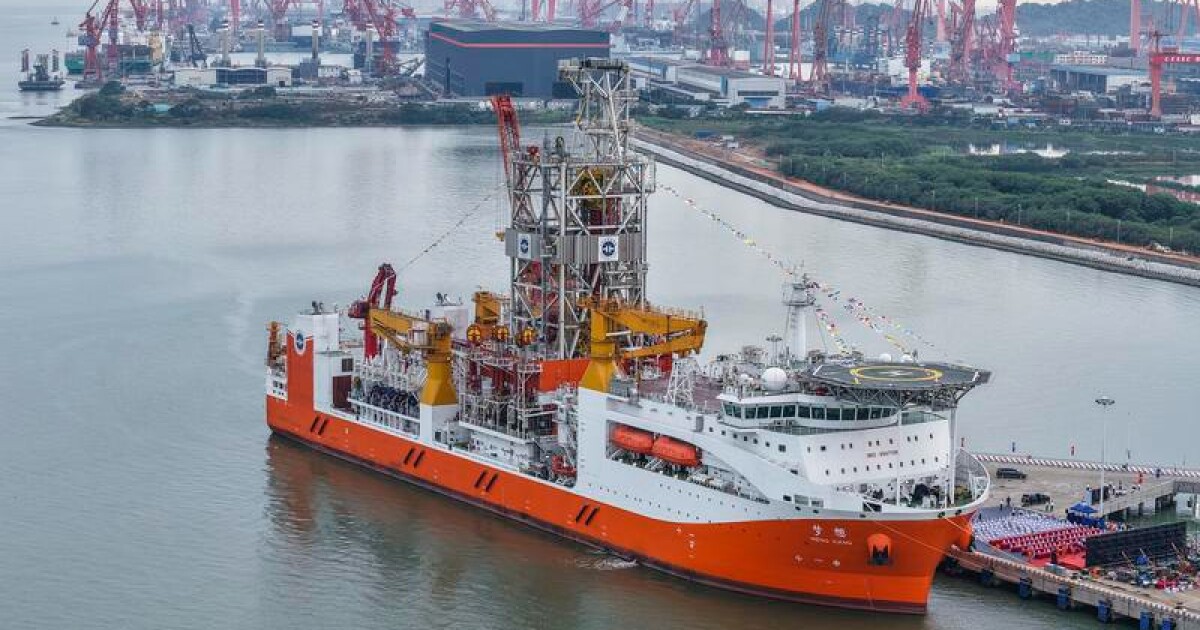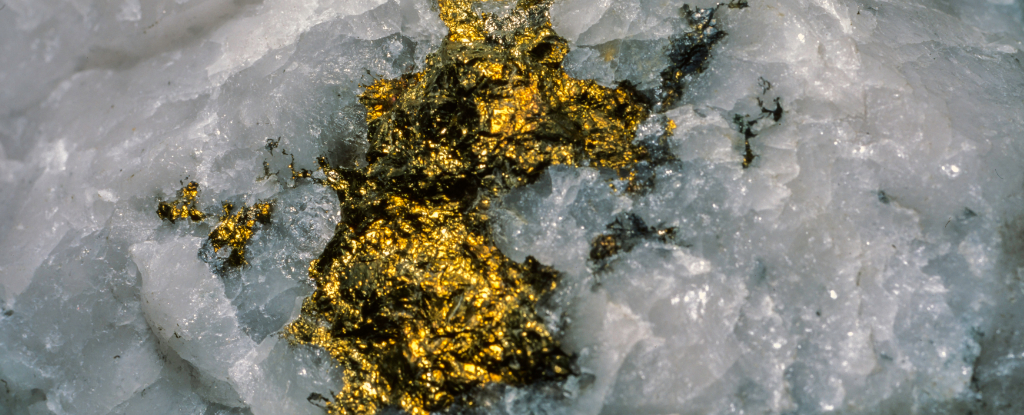
China is going full Jules Verne as it prepares to go where no drill has gone before. As part of its Deep Ocean Drilling Program, the special-built Meng Xiang ("Dream") drill ship is gearing up for a multi-year effort to pierce the Earth's crust.

Deep below the surface of our world, far beyond our feeble reach, enigmatic processes grind and roil.

Crinkles and divots in the surface of Earth on Türkiye's Central Anatolian Plateau are the smoking gun for a newly discovered class of plate tectonics.

New findings by scientists in Australia could challenge what we thought we knew about the way gold nuggets bloom in vast reefs beneath our feet.

Below the Earth's crust is our planet's thickest layer, the mantle, which influences many processes - such as volcanism, crust formation, and its magnetic field.

Our planet was born around 4.5 billion years ago. To understand this mind-bendingly long history, we need to study rocks and the minerals they are made of. In a new study, evidence of rocks of a similar age were found in Australia.

On the scale of cataclysmic events, the whomping impact of a Mars-sized object that crashed into Earth some 4.5 billion years ago ranks pretty highly: thought to have set in motion the movement of our planet's fractured, rocky crust.

Many southwestern parts of the United States have been spotted with giant cracks or fissures in the ground. As per reports, these fissures have occurred due to harnessing groundwater indiscriminately over the years.

Recently Australian researchers found the first ever evidence of a plutonium radioactive isotope in the Earth's crust that originally came from outer space, namely a supernova.